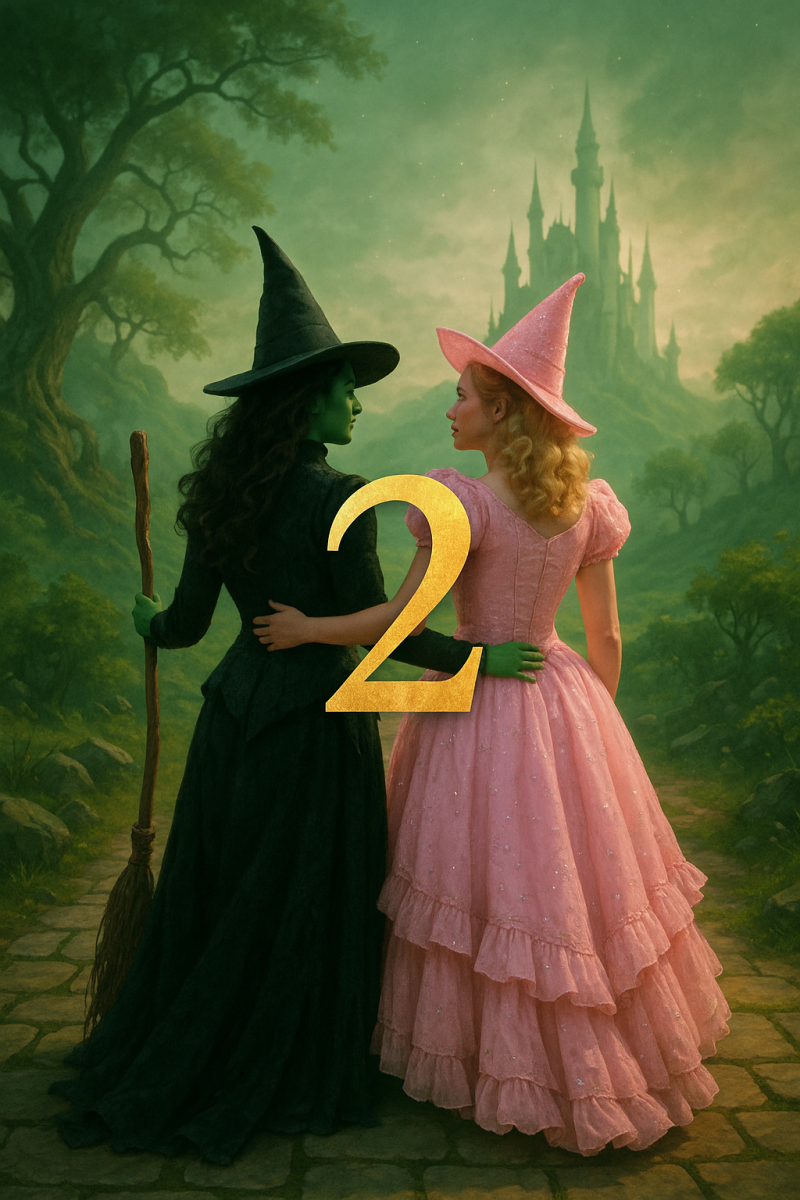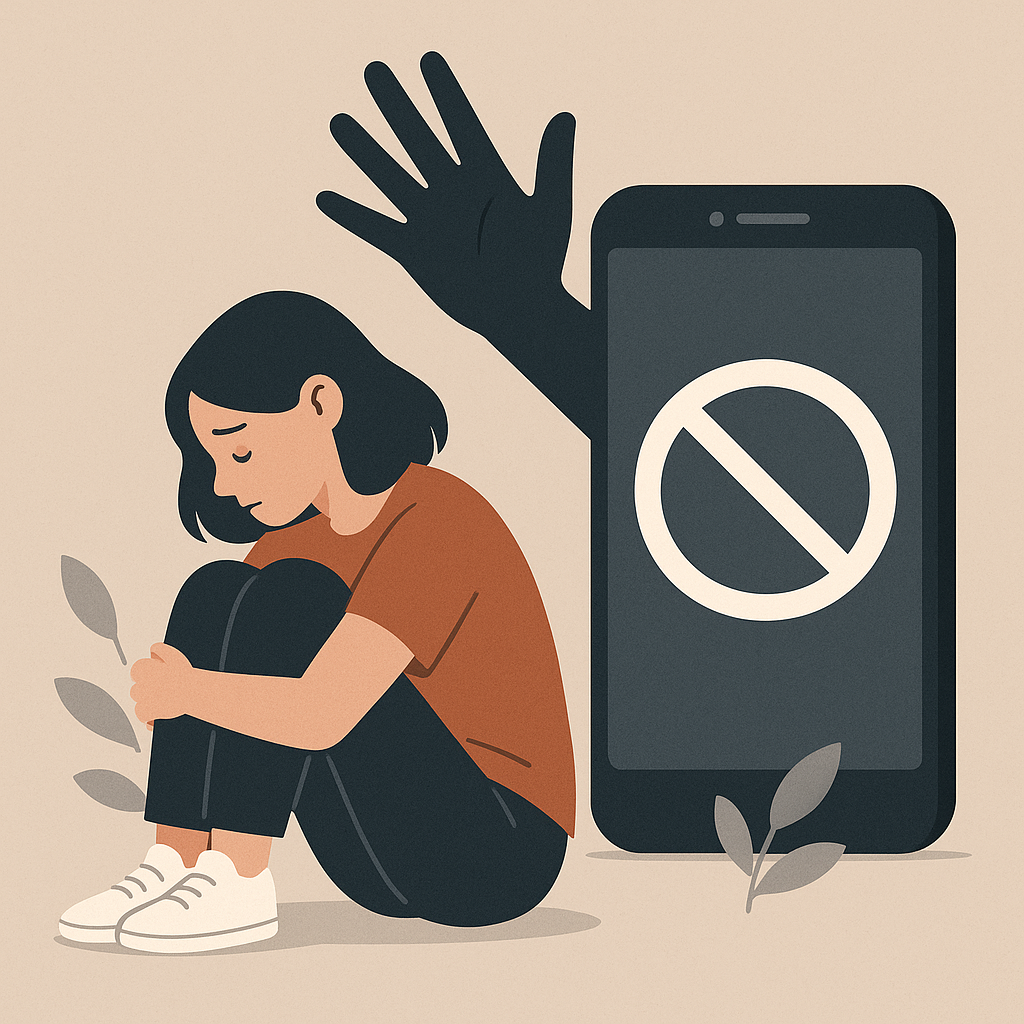Dreams aren’t for everyone. Some people never dream or only have the rare pleasure of experiencing a dream once in a millenium. Others dream every single night: a new adventure awaits, a different drama, tragedy or greatest fear. There are many different theories on why dreams occur and what purpose they serve.
Research collected by the Scientific American delves into the many theories of the scientific community. There is the activation-synthesis theory, which states that dreams are simply a product of neural processes of the brain when asleep. Additionally, there is the Freudian view where dreams are the forbidden thoughts of the conscious mind. For instance, a person’s greatest fear or a most important goal is one possible example of this. Another way of thinking is that dreams permit humans the space to troubleshoot events and situations. Due to debate, there is yet to be a theory that all scientists or researchers agree on.
One main difference when it comes to sleep dreaming is the idea of Non-REM versus REM sleep.
According to WebMD, “REM stands for rapid eye movement. During REM sleep, your eyes move around rapidly in a range of directions, but don’t send any visual information to your brain. That doesn’t happen during non-REM sleep.”
This means, during a night’s sleep, there are only certain times when an individual is actually having a dream. The brain also fluctuates through REM and Non-REM sleep every night. Now, during REM sleep and Non-Rem sleep there are countless different types of dreams a person can experience.
Day dreams:
Although daydreaming is a waking form of dreaming, the American Psychology Association states daydreams are inspired by conscious thought. Most thoughts people have during the day are a result of daydreaming. This can range for the average highschooler thinking of what they will eat for lunch to then having a scenario play in their head where they’re eating a favorite food for lunch with the Queen of England.
“I would say I day dream at least twice every class period”, Lily Howdyshell ‘24 said.
Recurring Dreams:
Typically, if someone is experiencing a recurring dream, the same situation is presented in each dream. This can stem from the subconscious mind trying to work through a situation that feels unresolved. However, these dreams can occur with little to no relation to someone’s current life.
“I think my dream started after I watched The Wizard of Oz. I would wake up on acres of land with nothing around for miles. Then it suddenly goes dark and a huge tornado comes towards me. Once I get in the tornado I wake up and that’s it. I usually have this dream two or three times a year and it started about five years ago,” Maddie Lucey ‘24 said.
Lucid Dreams:
Next is an outlier to the first few paragraphs of this article. Lucid dreaming is when a person is in between stages of sleep and can potentially control the plot line of whatever dream they’re in. If someone has a vivid imagination or wants to temporarily access a “new world,” lucid dreaming is definitely something they can train themselves to do.
False-Awakening Dreams:
Experiencing a normal routine or an event that seems like everyday life, but only to wake up and realize it was actually a dream is what is known as a false-awakening dream. This occurs due to the mind transitioning out of REM sleep. Additionally, these can be caused by feelings of intense emotions while dreaming.
Nightmares vs. Night terrors:
Some may confuse the terms nightmare and night terror, so this will set the record straight. Nightmares are normal and are healthy to experience every once in a while. These include more vivid dreams with enhanced plots, which can leave the dreamer feeling scared or panicked. However, a distinct difference is that night terrors accompany intense episodes of screaming, thrashing and sometimes crying. Terrors are more common in children, but can be experienced by adults.
“When I was younger I used to have nightmares. I typically don’t remember my dreams but this one traumatized me. My family and I were being chased by two cartoon octopus, one was green and the other was purple with a little mustache. They had a big witches brew pit and put my parents in it and boiled them. Then they chased my sister and I around until I woke up. I thought about that nightmare for a long time and still haven’t forgotten it to this day.” Julia Viola ‘24 said.

































